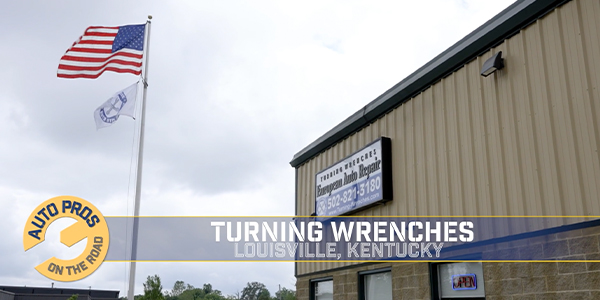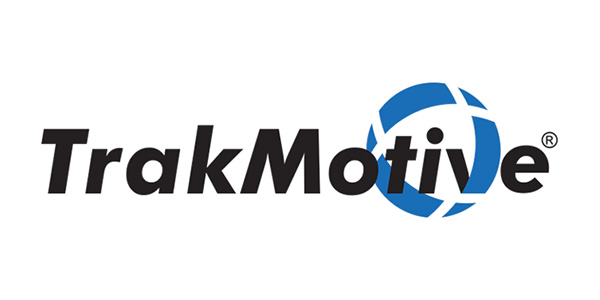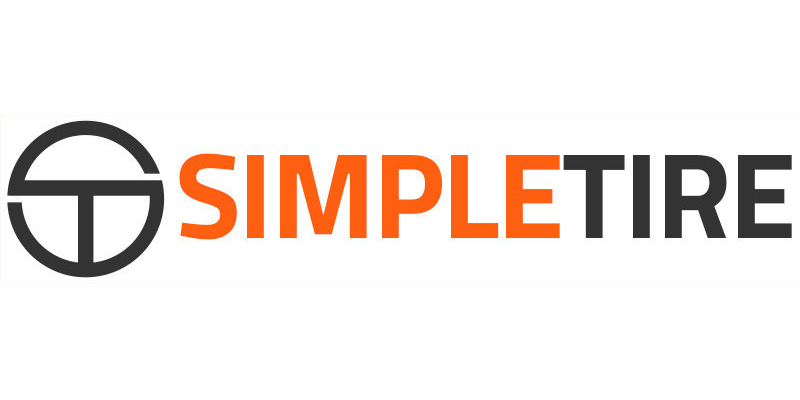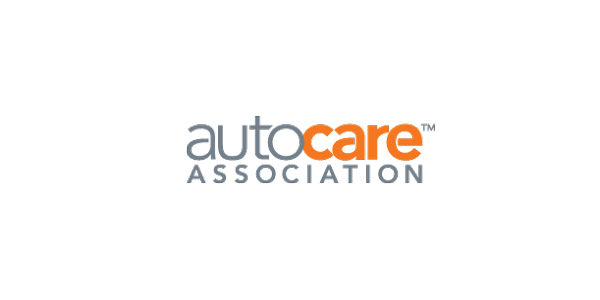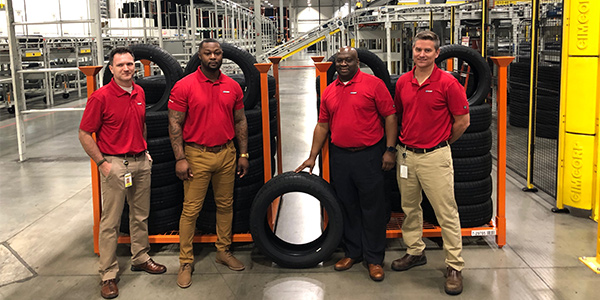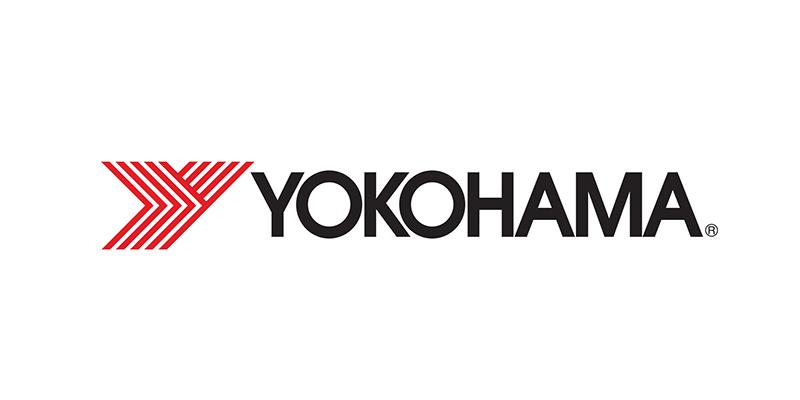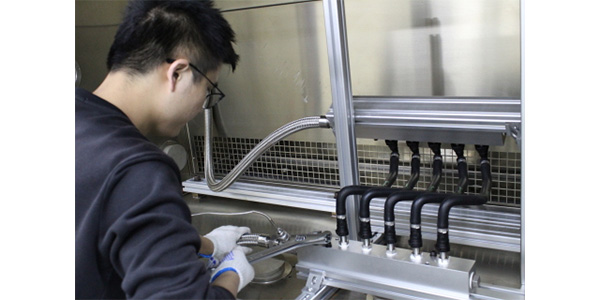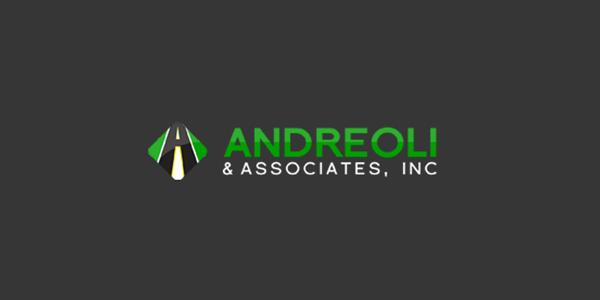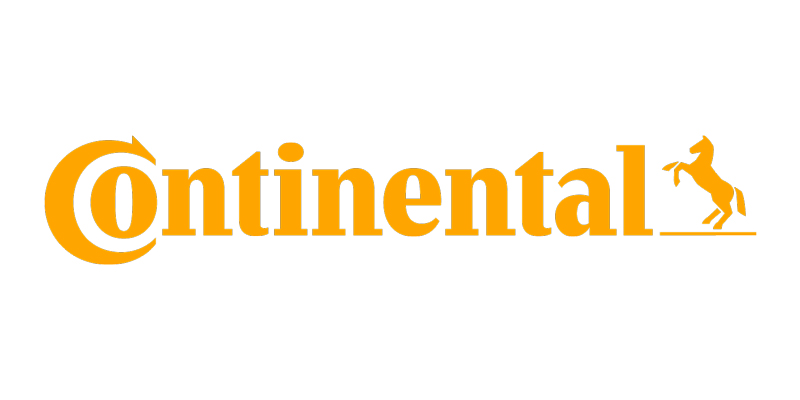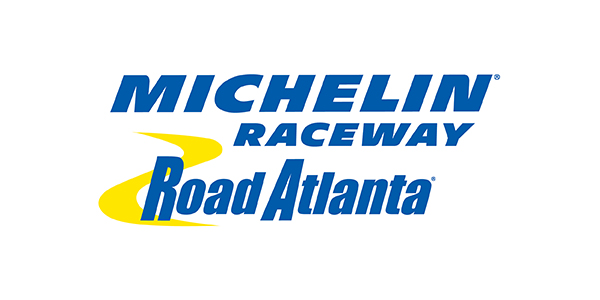There are many different applications in which pneumatic OTR tires perform extremely well. On the other hand, there are applications that go beyond a pneumatic tire’s capabilities: transfer stations, scrap yards, and steel mills, to name a few.
Because of this, many dealers offer tire fill to address the toughest applications with a pneumatic tire – but there also are other options, like a press-on solid (POS) or molded OTR product.
Selling the POS OTR product is easy once all the benefits are defined, but being able to provide service requires an additional level of skill, as a press is required to mount the tire on the rim.
POS OTR tires will fit on a standard OE multi-piece rim and depending on the size of the tire, you will need to own or have access to at least a 200T press. In addition to pressing the product onto the rim, you will need to have a truck boom large enough to safely handle 3,000-5,000 pounds.
The molded tire comes complete with a steel wheel. The rubber is extruded onto the steel wheel until the desired overall diameter (OD) is obtained. Generally the steel wheel is much larger compared to the standard 25-inch rim used for a solid OTR tire, though the OD can vary by manufacturer.
The larger the steel wheel, the less rubber is required. Of course, this could affect the total hours obtained, plus the ride can be very rough.
In this article, I will be focusing on the POS OTR tire.
Tire Construction Basics
Not all POS OTR products offered today are the same, but one would never know this when looking at the product from the outside. Selecting the correct tread design, choosing smooth or traction, determining the need for apertures and considering the construction of the tire become critical to its performance.
Knowing the difference in construction is important. You need to understand how different manufacturers produce their tires and the pros and cons of each for your customers.
For the POS OTR, as well as solid skid steer tires, there are two types of constructions: two-stage and three-stage.
Two-stage construction consists of generally 40% to 60% base recycled nylon reinforced rubber and 40% to 60% of tread rubber.
Three-stage construction makes for a premium product: the tire has about 25% base natural rubber, 25% cushion compound (center) and 50% tread rubber. The cushion compound is what makes the difference in the ride, allowing the tire to flex and cushion the ride for the operator.
Some manufacturers use recycled nylon reinforced rubber in place of either the base rubber or the middle cushion compound and still call their tire a three-stage. Always ask manufacturers about the construction of their tire to determine if it is a two-stage or a three-stage premium construction.
Determining Tread Needs
Selecting the ideal tread design depends on the application for which the machine will be used.
For example, if the machine is in a transfer station or a recycling center, one might consider a smooth solid tire.
A smooth tread design will provide the most protection to the body of the tire, plus it does not allow objects to get caught between the lugs like a traction tire would. In addition, the smooth tire will provide the longest wear for this type of application.
Conversely, an example of the ideal scenario to run a traction tire would be in a scrap yard due to the conditions in which the loader operates. The underfoot conditions could be soft and this type of tire will give the operator traction when needed. Another item to consider is the distance that will be traveled; if the distance is longer, the tire might need to run cooler, so a traction tire would be the best option.
POS OTR tires fall under the same rules as a pneumatic L5 tire. By this, I mean the loader is used to pick up the material and relocate it a short distance away. The maximum distance for this type of operating condition is 250 feet one way at a maximum speed of 5 mph. I would suggest that you talk with the manufacturer to better understand the operating limitations for its POS OTR tire.
Apertures and Other Considerations
The last factor that must be considered is whether or not the customer needs apertures. The theory of apertures is to soften the ride for the operator and also provide a cooler running tire. The ride will depend on the brand of tire used and how the tire is constructed.
Tires with three-stage, all-rubber construction will allow the apertures to flex as they are located in the cushion compound, which is a lower durometer rubber. This will provide the ride quality the operator is looking for, plus the machine will not take such a beating. If the tire has two-stage construction, the apertures are located in the recycled nylon reinforced rubber, which is a much higher durometer rated construction with very little flex. This will translate to a harsher ride for the operator.
Other applications one would place a POS OTR tire include operations that have a lot of sidewall cuts and require section repairs and/or flat repairs with a pneumatic tire. The initial price of a pneumatic tire may look more attractive, but once you average in three repairs on an L5 radial tire, the cost could exceed the solid OTR tire price. Doing a full cost analysis will help explain to your customer why the POS OTR route might be the best long-term option. Remind the customer that POS OTR tires mean zero maintenance since no routine air pressure checks need to be done – plus there is no downtime due to damage and tires cannot be run underinflated.
However, it’s important to remember the loads cannot exceed the capacity of the tires.
Another consideration when talking to the customer is to explain the amount of useable 32nds on a POS OTR tire versus a radial pneumatic tire. For example, a 23.5-25 solid tire, depending on the brand being purchased, comes in at around 267/32nds (8.3 inches), while the average L5 radial is around 98/32nds (3 inches). When you compare the price per 32nd, the POS OTR tire should come in at a lower price versus the L5 radial.
Many times, a customer’s application requires a POS OTR tire, but due to a dealer’s service limitations, a pneumatic tire is fitted on the machine.
While you need to find someone with a press if your dealership does not have one, this can be done. Another avenue is through the manufacturer, which may have the capability of pressing the tires on their wheels or the customer’s wheels. A manufacturer typically has multi-piece rims on hand or can order them if the customer does not want to use their rim. Remember, there are no special rims required and the customer’s rim can even be used, keeping the cost to switch over minimal.
With their extra deep tread, POS OTR tires should obtain a lifetime that is three to five times longer, depending on the application and brand being used, than a pneumatic tire. In addition to the deeper tread, the customer will eliminate flats and downtime associated with tire issues – not to mention, no air pressure checks will need to be done.
Add up all the benefits of the POS OTR and compare them to the pneumatic tire that has always been used – consider the long-term return versus the upfront price – and the sale should be much easier. You will have a customer who will be very satisfied with the purchase for years.

